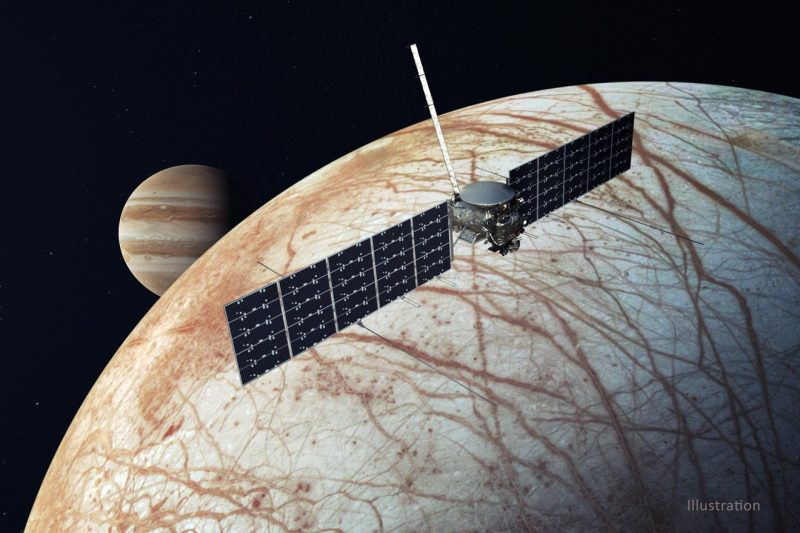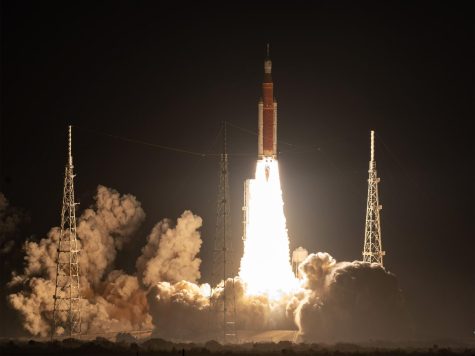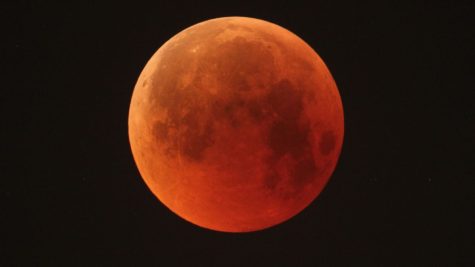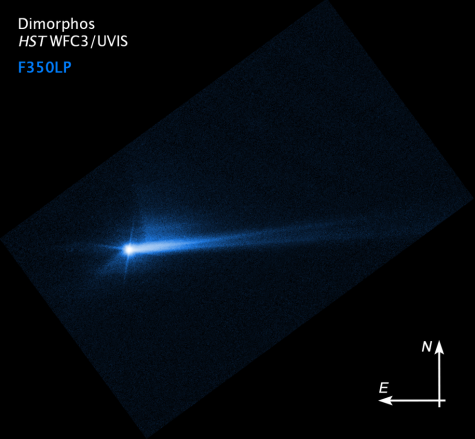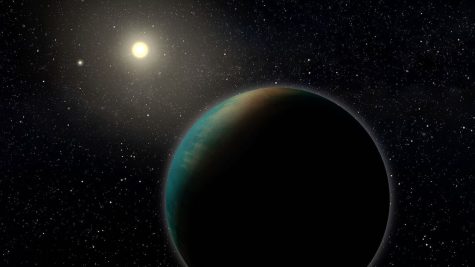Seafloor volcanoes may be present on Europa, according to new research
Europa, one of Jupiter’s four Galilean moons, may house seafloor volcanoes. According to NASA’s Jet Propulsion Laboratory (JPL) in Pasadena, California, new studies and simulations suggest that beneath Europa’s high-believed-to-be ocean lies active volcanoes.
Europa itself is similar in size to Earth with an icy crust as its surface. Europa is also incredibly smooth – the smoothest body in the solar system – which suggests that beneath the surface, there is a vast salty ocean. Volcanoes on the seafloor would not be like those on Earth, however. Similar volcanoes to those proposed on Europea are confirmed to exist on Io, Jupiter’s closest moon and another of the Galilean moons. Io’s volcanoes are caused by Jupiter’s immense gravity, which basically stretches and squeezes the moon.
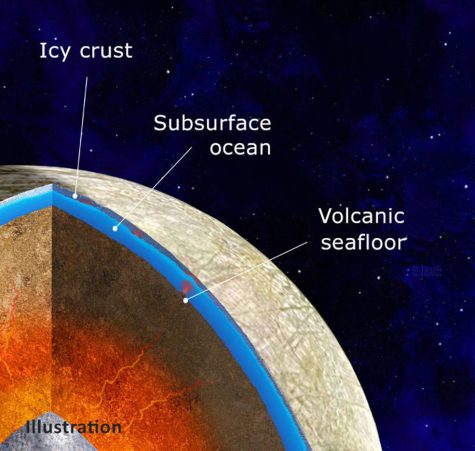
Europa is a little less than twice as far from Jupiter than Io is, but the flexing of Europa’s inner mantle by the gas giant transfers energy into its interior in the form of heat. A recent computer simulation showed that this heat could melt Europa’s rocky mantle beneath its ocean, greatly increasing the chance of volcanoes.
Interestingly enough, volcanoes can act as catalysts for life on Earth. The chemical energy released from volcanoes provides a replaceable source of the same energy from the sun, which is why deep sea creatures can flourish. Therefore, Europea’s seafloor volcanoes, paired with an ocean similar to ours, could possibly have conditions able to support life.
More research is needed to confirm these proposals. In 2024, NASA’s Europa Clipper mission will launch and ultimately reach near the moon. It will collect measurements of Europa’s atmosphere and surface to look for water and other particles, which will help scientists confirm or regroup over these recent findings.

